Introduction: Sachin Tendulkar’s Entry into Cricket
Opening batsman, master blaster the number one cricket player of his era, this prince of Indian cricket was born on April 24, 1973 in Mumbai, India and formally known as Sachin Ramesh Tendulkar. According to Tendulkar participating in a Marathi novel writing competition with other Indian authors and influenced by his father, a Marathi novelist Ramesh Tendulkar, and his mother Rajni Tendulkar who worked as an insurance employee, Tendulkar was born in a middle class family but this major phase of Tendulkar mainly occurred during his childhood. Sachin was born in Mumbai, the capital city of the metro of India and he developed his passion in early childhood in the game of cricket.
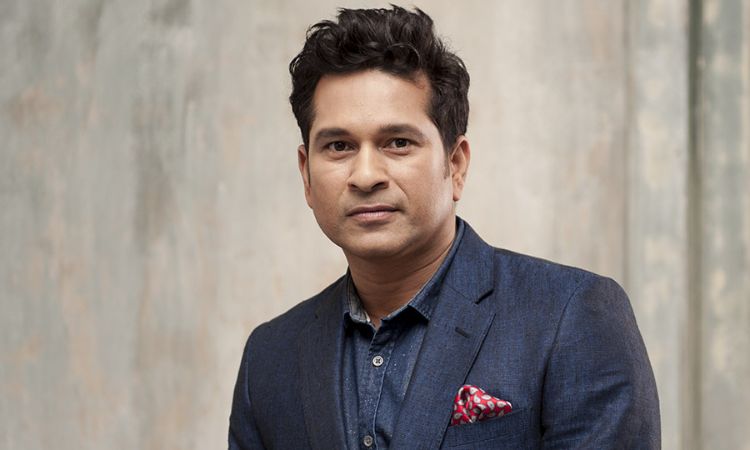
Source: Forbes India
Tendulkar was just 11 years old when his elder brother Ajit got him in touch with Ramakant Achrekar, who was a famous cricket coach. Achrekar the introduced himself to the young boy and seeing the potential talent in Sachin he trained him.
The concerned commitment to the game had been maintain at the highest level right from the mark of entering into the ground for Sachin. He spent hours practicing the game at a time and often even participated with many more players who were way senior to him. These early years were so very critical in building his technique and character and forming the base for his greatness.
The Life and Legacy of Sachin Tendulkar
| The Life and Legacy of a Cricketing Legend | |
| 1. | Rise to Prominence |
| 2. | The Making of a Legend |
| 3. | Records and Milestones |
| 4. | Leadership and Challenges |
| 5. | 2011 World Cup Victory |
| 6. | Later Years and Retirement |
| 7. | Beyond Cricket |
| 8. | Legacy |
Rise to Prominence
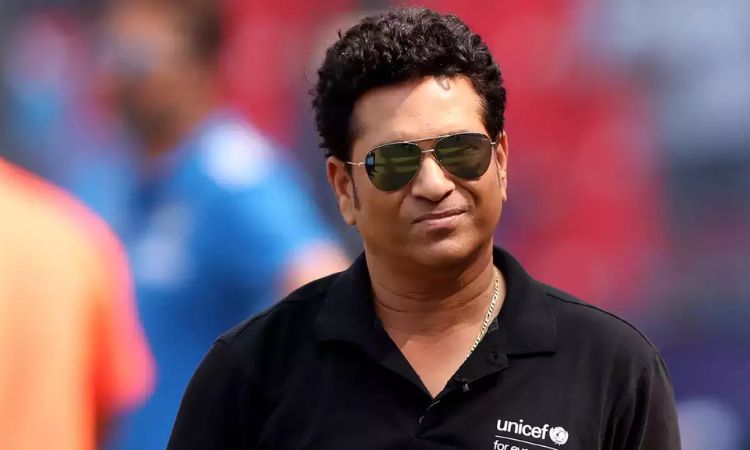
Source: Brand Equity
Soon this talent of his was going to supersede all records from his school and junior levels. He also performed well in Harris Shield, that is an inter school cricket competition held in Mumbai. He regained the attention in 1988 when he scored an unbeaten 664-run partnership with his friend and partner Vinod Kambli, which remained the record for quite some time.
Tendulkar entered the Indian national team at the age of 16 in the year 1989 on the series against Pakistan. Bowling against a formidable Pakistani line up, where along with others, Wasim Akram and Waqar Younis were more than capable of causing havoc, this young talent by the name of Sachin was composed to say the least. He did not make big scores systematically in his very first series; but his technique did leave a mark on one and all who got a chance to see him when the game was in its infancy.
Don’t Miss: Sachin Tendulkar: The Face of Excellence in Brand Endorsements
The Making of a Legend

Source: India Today
From the 1990s came Tendulkar’s elevation from an exciting young talent to being proclaimed a legend of cricket. His maiden Test century was in 1990 against England at Old Trafford, making a match-saving 119 not out. This was evidence of his capability under pressure and thus became the prototype of his future stellar performances.
His batting style was marked by technical perfection and grace. His straight drive, cover drive, and on-drive were especially acclaimed. Playing defensively and aggressively, like in all formats of the game, was an ability that he could adapt to the situation. With his sharp cricketing mind, he could quite intelligently read the game and the bowlers, which made him a tough batsman to get out.
1998 provided some defining moments of Tendulkar’s career when he single-handedly won the Sharjah Cup. His batting in that series of games against Australia was simply phenomenal. His 143 in the league match—those famous innings known as the “Desert Storm”—followed by a match-winning 134 in the final, were instrumental in India winning the tournament. These innings sealed his reputation as one of the world’s finest batsmen.
Records and Milestones
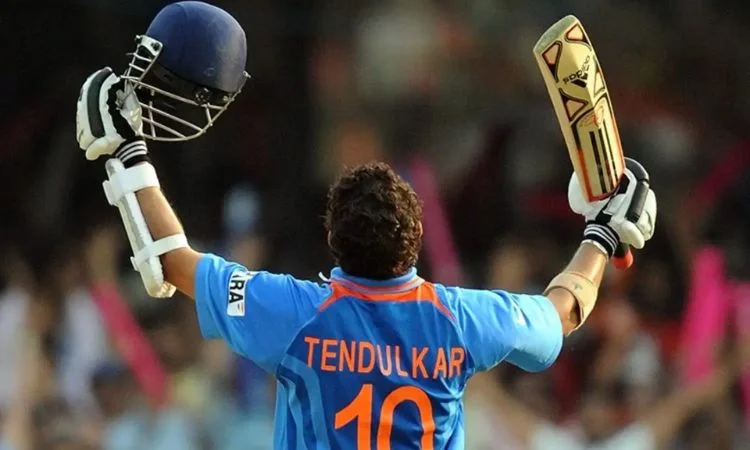
Source: English Jargon
The statistics will suggest a lot about Tendulkar’s greatness and his records are testimony to it. In 2000, he took his chances for the first time to the international hundred: thereafter, he proved that fifty international centuries were within his reach which unveiled his consistency and longevity. He extended scoring over 15000 runs in Test cricket and more than 18000 in one day international cricket.
He surpassed one of the cricketing legends, Brian Lara in 2008 by scoring heaps of runs in test match and set a record which echoes his name in the history of cricket. Therefore, he was a universal batsman who was able to make appreciable totals for his team despite the bowling attack and conditions that prevailed in the world.
Among all the great things that Tendulkar has achieved in his career there is one that must have filled his heart to a greater extent regarding him, and it was when the master blaster completed 100 international centuries in 2012 during an Asia Cup match against Bangladesh. That was what it took to complete this record— an intact extended talent, consistent longevity, and much necessary commitment towards the game.
Leadership and Challenges
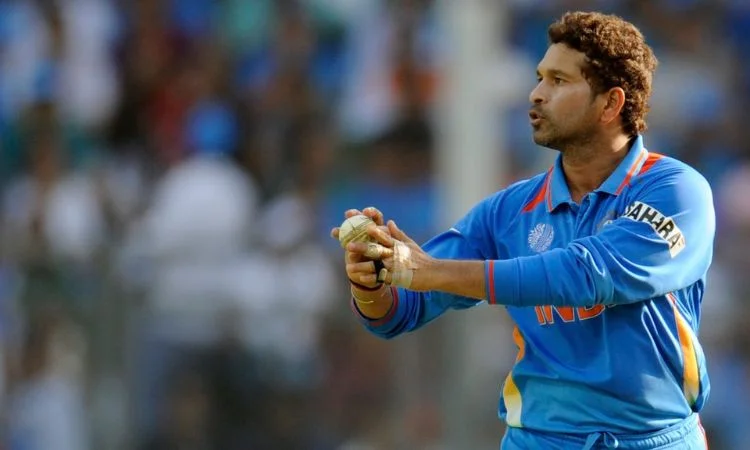
Source: Mens XP
Although immensely successful personally during his career, captaincy forms a phase in Tendulkar’s life that has been most troubled. He was made captain in 1996 but led the team to little success and himself failed to perform with the bat as he usually did. Rightly, Tendulkar relinquished the captaincy in 1997 but was made again in 1999 before stepping down following another testing period in 2000.
Though his stint as a captain wasn’t as successful as his batting, contribution to the game has risen beyond runs and records; he was like a mentor and inspiration to so many young players, leading by example in work ethic and dedication to youngsters who followed him into the team. Commitment to team and country was ever in doubt in his case, and he played a big part in India’s successes in the early 2000s.
2011 World Cup Victory
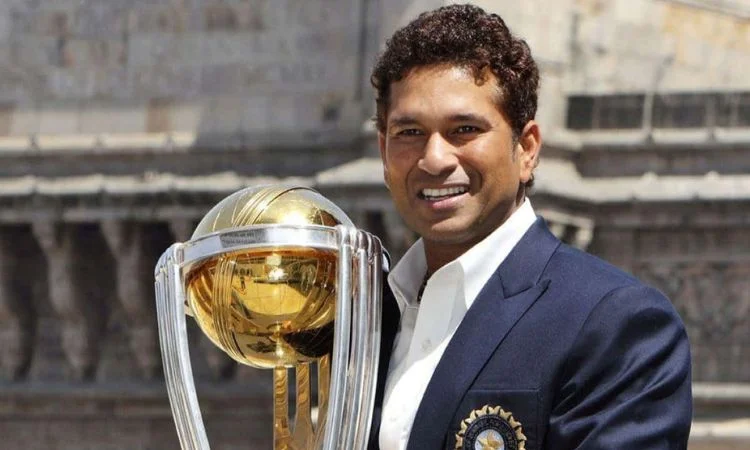
Source: Times of India
One of the most standout moments of Tendulkar’s career was when India captured the ICC Cricket World Cup in 2011. It was Tendulkar’s sixth World Cup, and he ended up as India’s second-highest scorer in the event, having 482 runs. But his performance was crucial for India to reach the finals where they fight it out for the Cup against Sri Lanka. More importantly, it was special for Tendulkar as he since his childhood had wanted to win a World Cup for the country.
One of the more memorable, more enduring images from this game would have to be that of Tendulkar being driven around the Wankhede Stadium in Mumbai on the shoulders of comrades, his home ground. This was a fitting tribute to one who had given so much to the game and his nation.
Later Years and Retirement
With Tendulkar entering into the sunset years of his career, new milestones would be added. In 2013, his 200th and last Test against West Indies at Mumbai drew curtains on arguably the most celebrated career to have lasted 24 years. It was a fittingly emotional farewell, with the fan and fellow cricketers showing respect to the Little Master in that farewell match.
Tendulkar’s retirement marked the end of that generation in cricket. He ended his career with hundreds in Tests and ODIs at the international level, along with a long list of varied records which quite likely may not be broken for a while. What he has done for the game and Indian cricket is undoubtedly an incalculable one.
Beyond Cricket
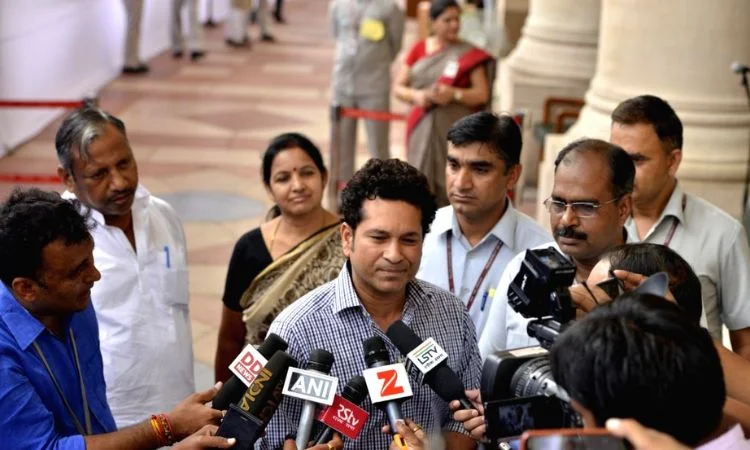
Source: Google Images
However besides cricket Tendulkar has been quite prominent is a number of philanthropic and social causes. Among the various fund he supported where the education and health, sport development among others. For the Rajya Sabha elections he again got re-elected and being member of the Upper House of the Indian Parliament, he continued to raise his voice on various matters which is important to the society.
They have not penned down their autobiographies Though, Tendulkar recently published his book “Playing it My Way” in the year 2014 which in a way could give some glimpse of the life of a sportsperson and the era. The book indeed became one and the people who read the book, got a flavor of what it would be like in the mind of one among the greatest cricketer the world has ever produced.
Legacy
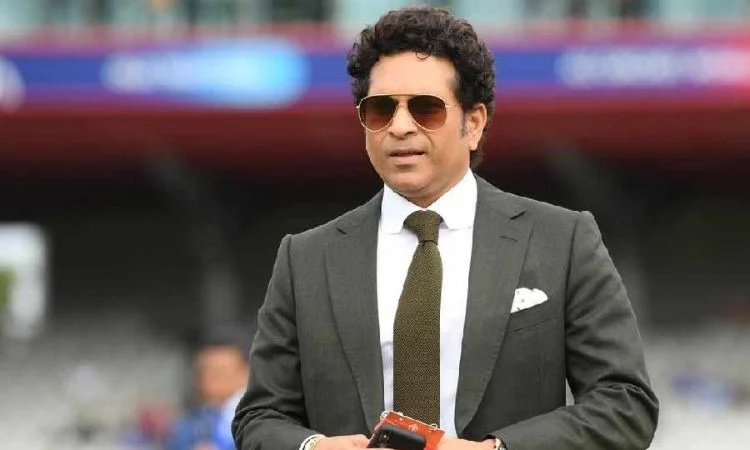
Source: Google Images
Hence, making it amply clear that such is the magnitude of Sachin Tendulkar that his achievement goes much beyond mere numerology. He was the role model of a generation of cricketers and fans who felt in reverence of this man, not only because of his talents, but his commitment and decency. His passion towards the game as well as the country made a great impact that time and etch its mark on the cricketing world.
His impact can be ascertained by the simple empirical fact that there are more budding young cricketers waking up to the reality that he represents India as it were. Many a time current players like Virat Kohli, Rohit Sharma and many more use the name of Tendulkar as their role-model.
Some of the famous awards and honors for his share in cricket are the sachin tendulkar bharat ratna, India’s highest civilian award. However, he is still a role model to millions of people allover the world Through the changes which he has brought on the game and his representation of the game.
Conclusion
Turning the ‘maidan‘ of Bombay where he used to play cricket between the ages into one of the all time world champions is what he has grown into. He had much talent faster, was a worker and did not sit on his hands, so to speak. Cricket statistics only reflects the score which was set at cricket grounds, but it fails to portray his worth to the game of cricket. Drawing upon the glittering career that is his, much of the memory comes back: The many moments of sheer joy and creativity he gave denizens of the world was cricket. Sachin Ramesh Tendulkar can only be referred to as the great legend of the game that he was, the master blaster.















